By Monish Tourangbam and Pooja Bhatt
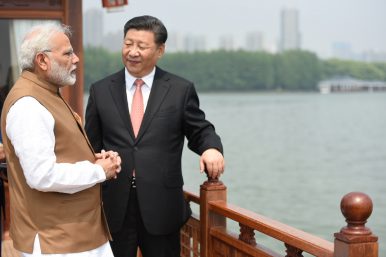 All eyes and ears will be tuned to India’s vision of the Indo-Pacific when Prime Minister Narendra Modi gives the keynote speech at the upcoming Shangri-La Dialogue next month in Singapore. The dialogue first convened in 2002 and soon became the flagship annual meeting for issues relating to security of the Asia-Pacific, later coinciding with the Obama-era Asia rebalancing strategy. However, the increasing salience of the Indo-Pacific as an emerging geopolitical construct, and the Trump administration’s embrace of the same, means that the Shangri-La Dialogue will also mirror this shift of focus from the Asia-Pacific to the larger Indo-Pacific.
All eyes and ears will be tuned to India’s vision of the Indo-Pacific when Prime Minister Narendra Modi gives the keynote speech at the upcoming Shangri-La Dialogue next month in Singapore. The dialogue first convened in 2002 and soon became the flagship annual meeting for issues relating to security of the Asia-Pacific, later coinciding with the Obama-era Asia rebalancing strategy. However, the increasing salience of the Indo-Pacific as an emerging geopolitical construct, and the Trump administration’s embrace of the same, means that the Shangri-La Dialogue will also mirror this shift of focus from the Asia-Pacific to the larger Indo-Pacific.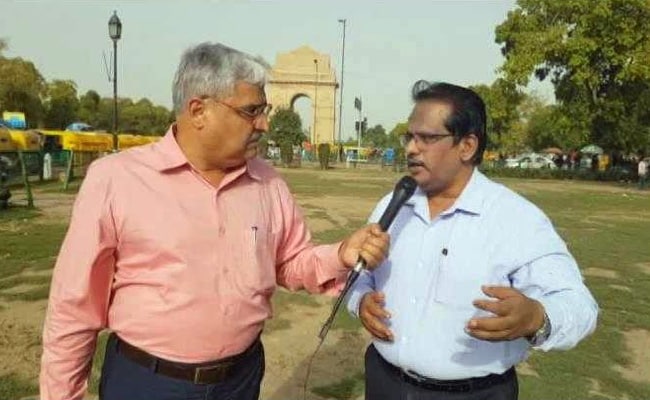
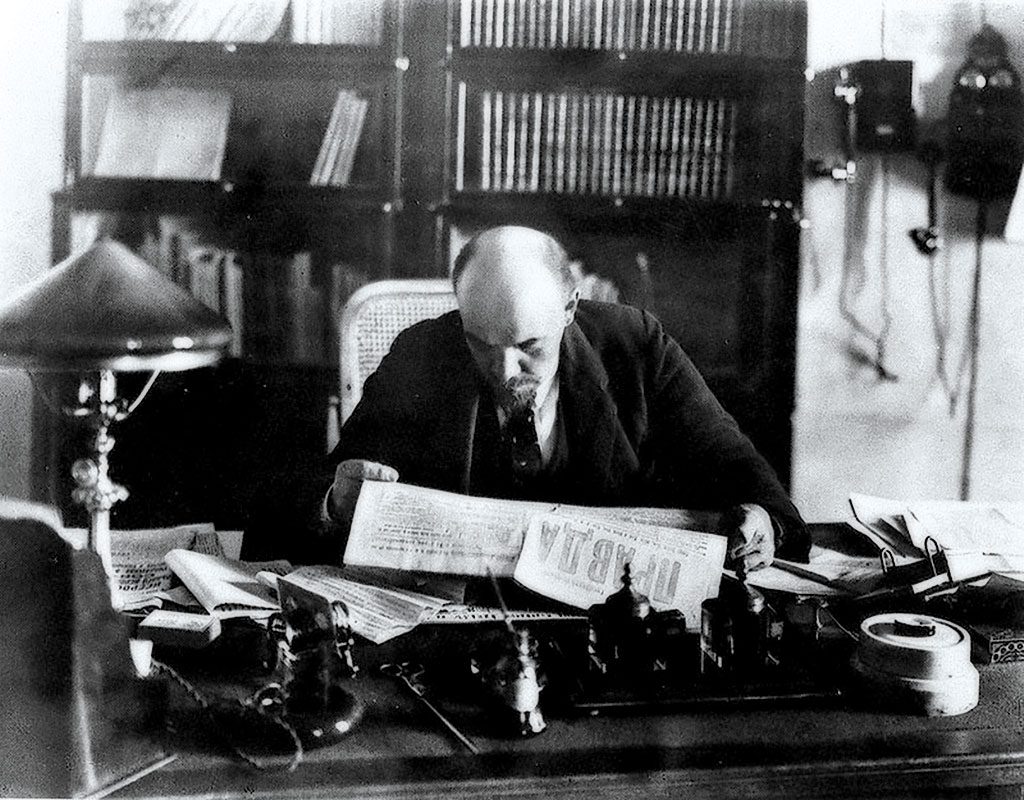
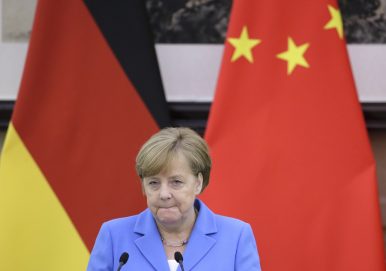
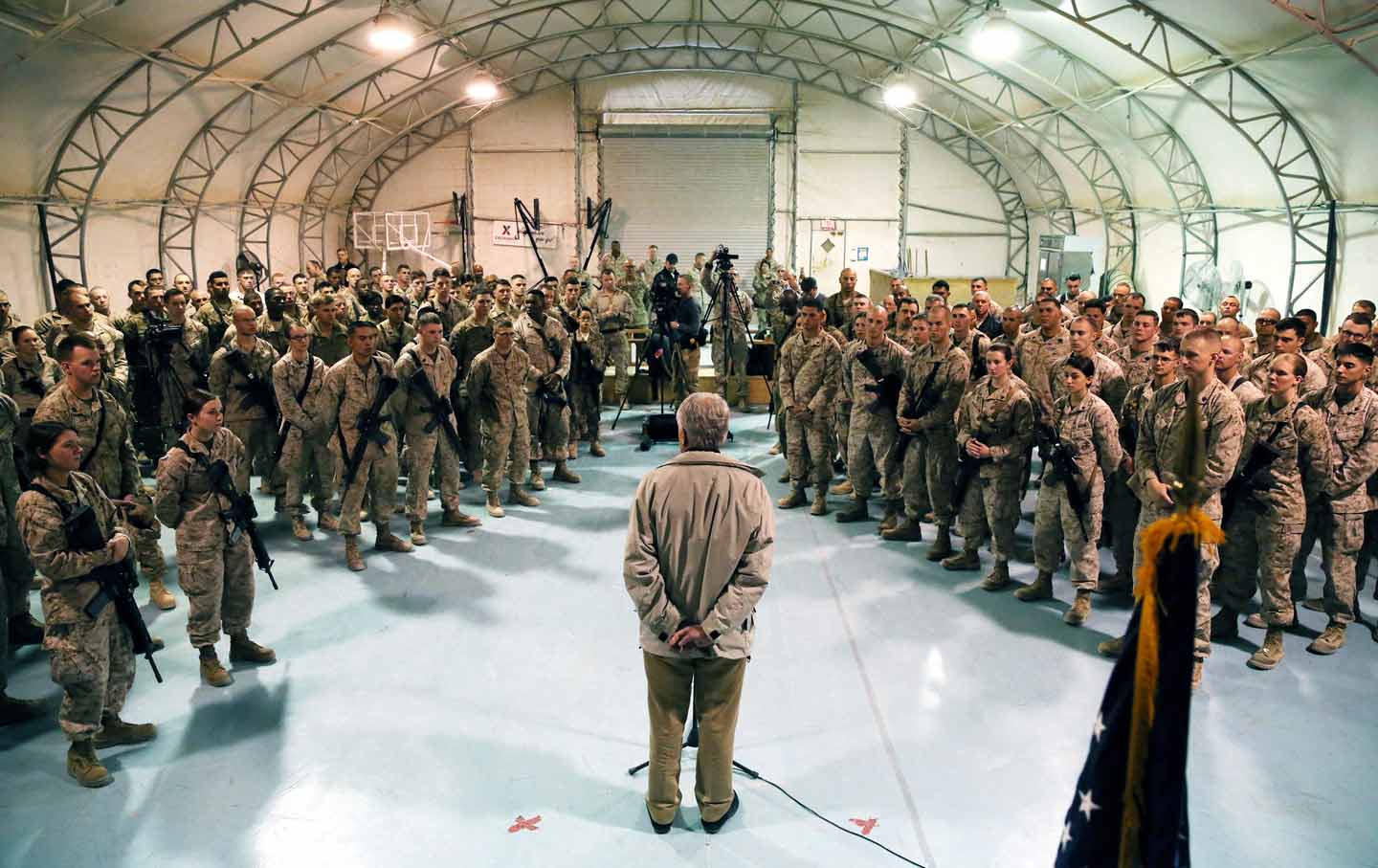

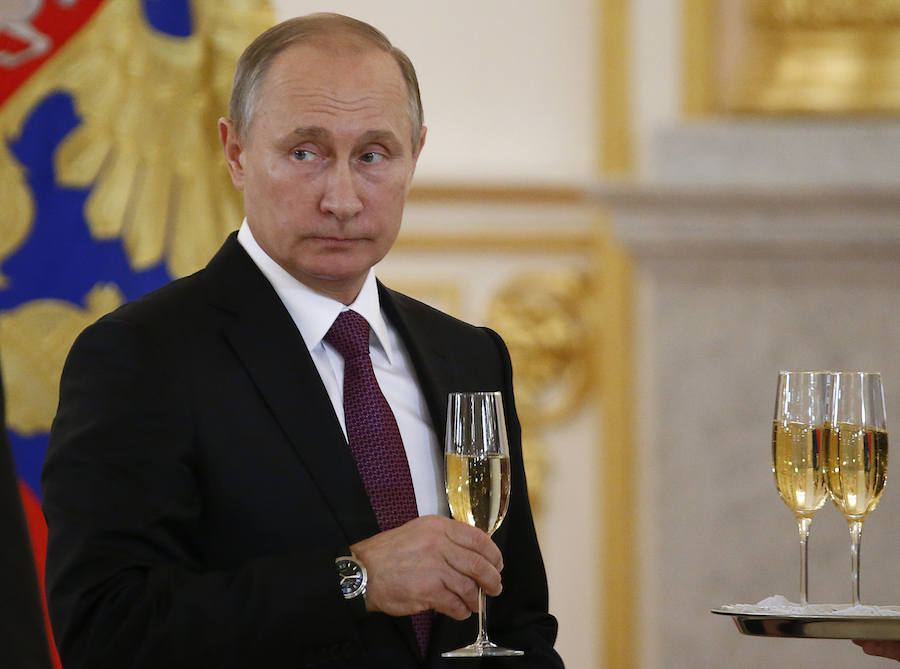
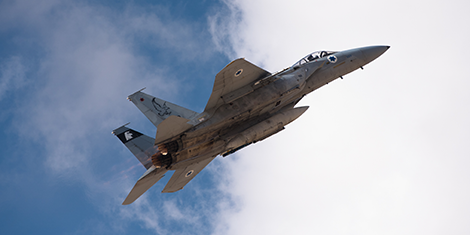
/arc-anglerfish-arc2-prod-mco.s3.amazonaws.com/public/KIXS3TDYNZAXZLTFIKWIDOC6CI.jpg)
/arc-anglerfish-arc2-prod-mco.s3.amazonaws.com/public/QXCOCU7IKVCXXIBHXMANAYZ6E4.jpg)
